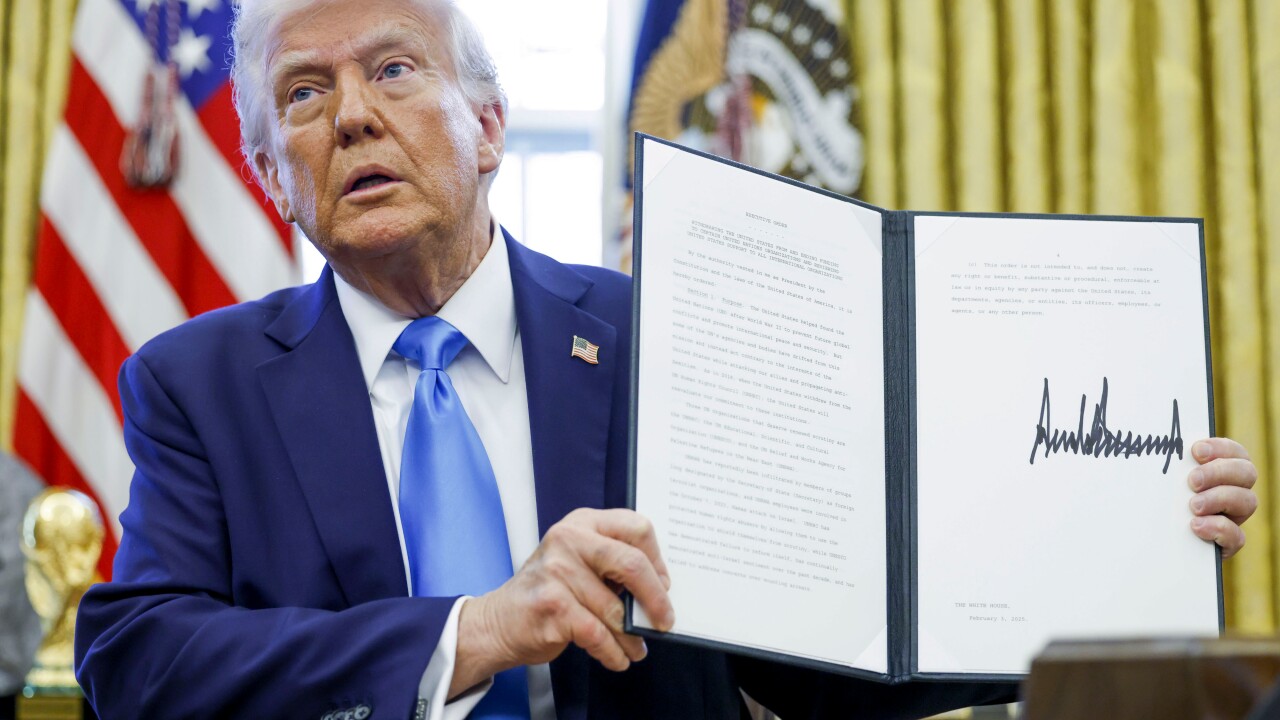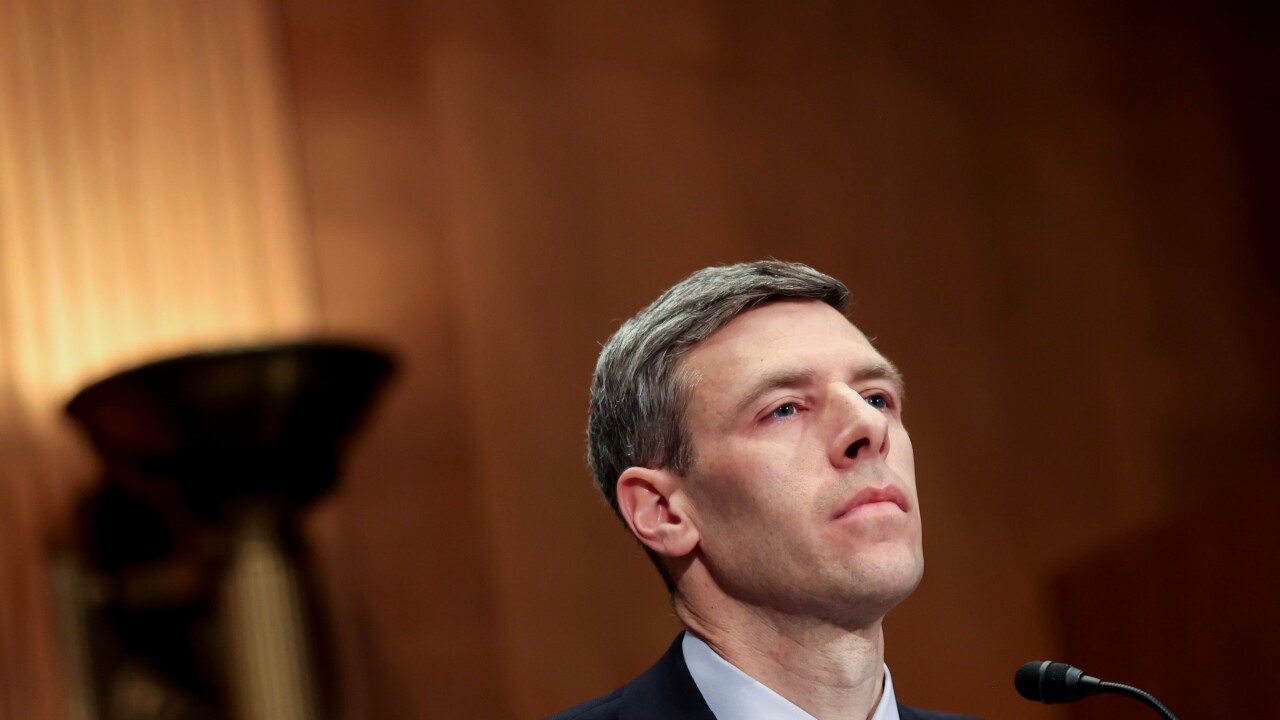The plan McDonald’s Corp.’s revealed this week to add mobile order and payments to its app and roll the service out to 20,000 of stores is overdue, but fraught with risk, analysts say.
Customers will be able to place orders via McDonald’s mobile app for pickup at the drive-through, curbside or inside the store, where a kiosk will recognize their profile with stored payment methods and order preferences, McDonald’s CEO Steve Easterbrook announced at the company's Investor Day meeting this week.
The moves aren’t unexpected—McDonald’s signaled a new

Mobile order and payment already is transforming the retail landscape, with dramatic effects for quick-service restaurants companies like Starbucks, Dunkin Donuts and Panera Bread Co. reporting strong demand as soon as the feature launched.
But the logistics can be tricky. Starbucks has a long head start over McDonald’s with years of success with its mobile payments app, and in
“McDonald’s pioneered the shift from drive-in burger stands to drive-through fast food, and that heritage could be leveraged for order-ahead, but it could also be their boat anchor dragging them down,” said Richard Crone, a principal with Crone Consulting LLC.
Shifting to a mobile-first focus is inevitable, Crone said, but McDonald’s has some unique hurdles to overcome.
“McDonald’s will have to make major changes in its infrastructure and re-engineer its processes, procedures and retrain people, and the company will probably need to rethink how it handles its drive-through lanes for customers who want to pick up and go, versus the over-75 crowd that won’t order ahead,” Crone said.
Much of this is uncharted territory for McDonald’s compared with Starbucks, whose mature mobile app relies on sophisticated algorithms and machine learning to constantly refine and adapt its systems to streamline store processes and customer experience, Crone points out.
McDonald’s has already fumbled with mobile payments, being slow to embrace the trend and making iffy forays into new technology. Last year McDonald's tested Google's
“This is a classic investor’s dilemma, because McDonald’s really has no choice but to adapt to the market’s new mandate for speeding up the whole order and payment process, but they have to build it on to an existing infrastructure and systems that were central to their success so far,” Crone said, noting that McDonald’s disrupted fast food in the 1950s by replacing old drive-through burger stands' slow service with a quick, drive-up concept.
“McDonald’s isn’t an IT or a CRM company per se, but that’s what they must embrace now if they’re going to survive,” Crone said. “It’s not just about battling declining sales, but battling a declining model, and how McDonald’s executes this could be life or death for them.”





